Contents
- Genetics and base THC level
- Factors affecting THC levels during cultivation
- Practical methods for increasing THC content
Genetics and base THC level
The main factor determining the THC percentage is always the plant's genetics. Each strain has its own “built-in” limit for cannabinoid content, and it is impossible to exceed it, even if ideal conditions are created. For example, if the strain description states that the THC level reaches 18-20%, then this figure is the maximum possible for this genotype.
This is why experienced growers pay special attention to seed selection. If the goal is to obtain the most resinous and potent plants, it is best to buy cannabis seeds with high THC content. Such genetic lines were originally bred by breeders to produce plants with a large number of trichomes and pronounced psychoactive power.
Thus, before asking yourself “how to increase THC” or “how to increase THC at home,” it is important to understand that the starting point is the strain. Genetics determine the upper limit, and all other factors only help the plant approach this maximum.
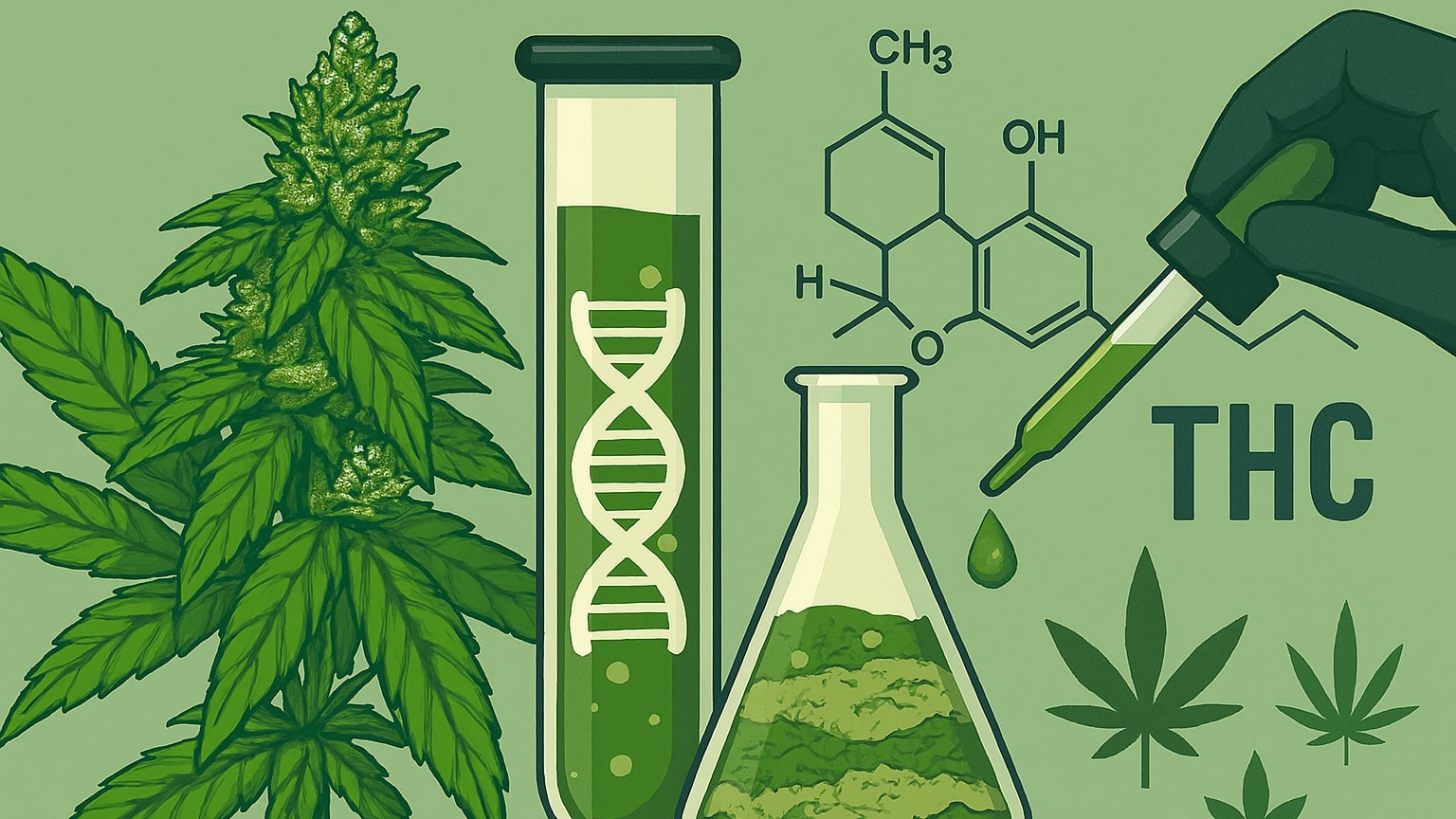
Factors affecting THC levels during cultivation
In addition to genetics, the external conditions in which the plant develops are of great importance. It is these conditions that determine how close the plant will come to its maximum potential. If a grower wonders, “Is it possible to increase the THC percentage?”, the following factors should be taken into account:
- Lighting
The right light plays a crucial role. An intense photon flux stimulates resin production and increases THC levels. Additional UV-B lamps have proven particularly effective, as they trigger the plant to defend itself and synthesize more cannabinoids.
- Temperature and humidity
At too high temperatures, some of the resin is destroyed, and at too low temperatures, growth slows down. The optimal range of 22–27 °C allows you to maintain balance and get the maximum potency from marijuana.
- Nutrition and fertilizers
The use of phosphorus and potassium during flowering increases resin production. Many growers specifically select fertilizers to increase THC in order to achieve a higher concentration of active substances.
- Stress techniques
Light pruning, water restriction, or LST techniques force the plant to defend itself, which increases THC content.
It is worth mentioning separately how THC percentage is measured. At a professional level, this is done in laboratories using gas or liquid chromatography. At home, it is more difficult to determine the exact figures, but there are portable testers and rapid test kits that give an approximate understanding of the cannabinoid level.
Thus, by taking into account all the factors that affect THC, it is possible to maximize the genetic potential of the plant and approach the limit set by breeders.
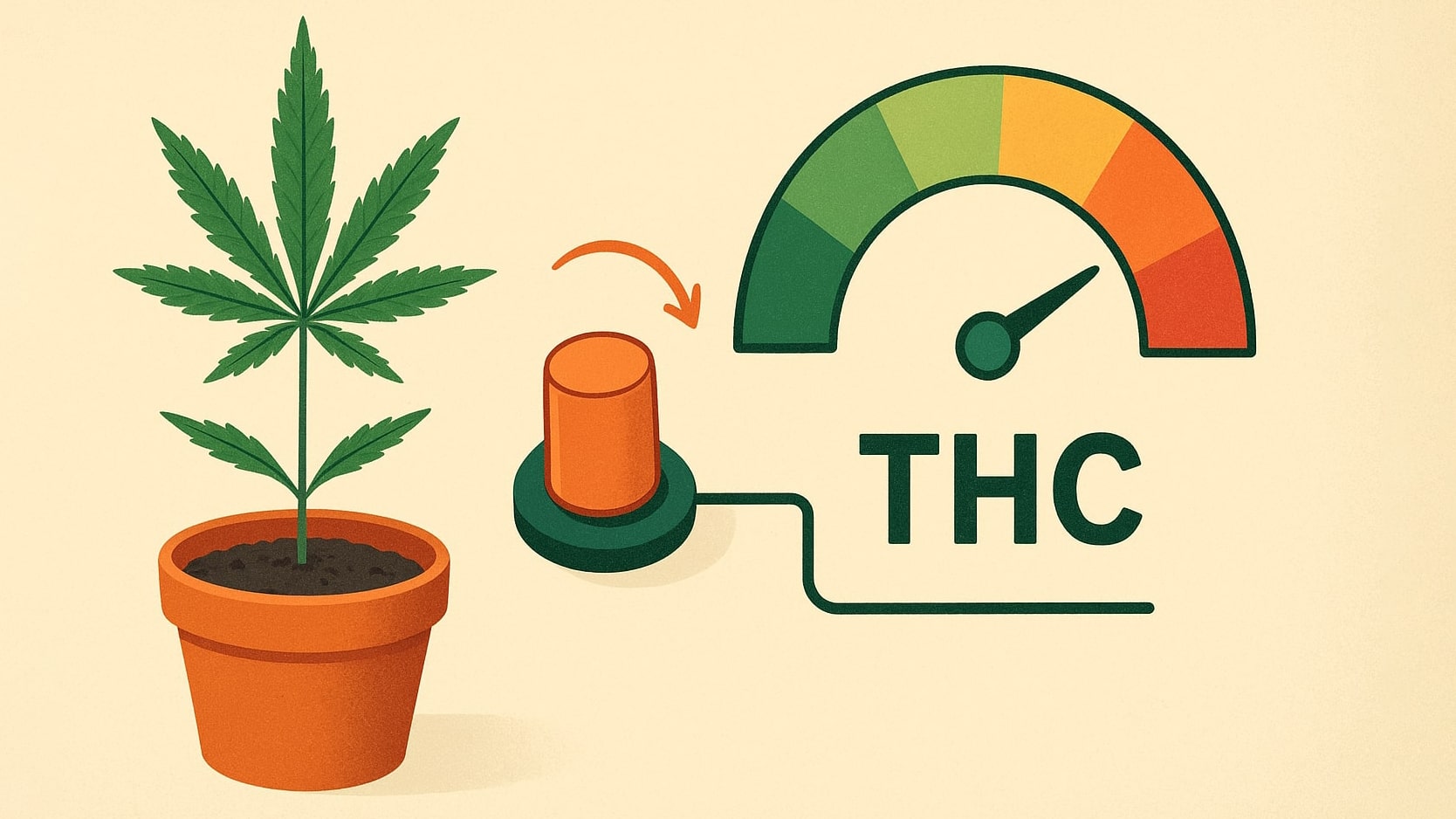
Practical methods for increasing THC content
Many growers wonder how to increase THC and whether it is possible to do so in a home grow setup. In practice, there are proven techniques that really help bring the plant closer to its maximum potential.
- Harvest control. Timely harvesting is one of the key factors. If harvested too early, the THC percentage will be lower, and if harvested too late, some of the trichomes will be destroyed. The optimal time is determined by the condition of the resin glands (trichomes).
- Additional lighting. The use of the UV-B spectrum stimulates the plant's protective processes and increases the THC content.
- Stress techniques. Small restrictions on watering, careful pruning of leaves, and LST training provoke the plant to produce more resin.
- Proper nutrition. Fertilizers with phosphorus and potassium during the flowering phase increase resin production and enhance the potency of marijuana.
| Method | Impact on THC | Additional effect |
| Harvest at peak maturity | +10–15% | Stronger effect |
| UV-B lamps | +5–10% | Increased resin content |
| Mild stress (LST, pruning) | +5% | Growth of lateral branches |
| Mineral fertilizers (P, K) | +5–7% | Denser cones |
It is important to understand that the number of buds depends not only on genetics, but also on the competent management of all factors. The more light the plant receives, the more stable the temperature is, and the better the nutrition is, the more resinous inflorescences saturated with cannabinoids will form.
Thus, the right combination of methods not only increases the THC level, but also yields a harvest with maximum potency and aroma..
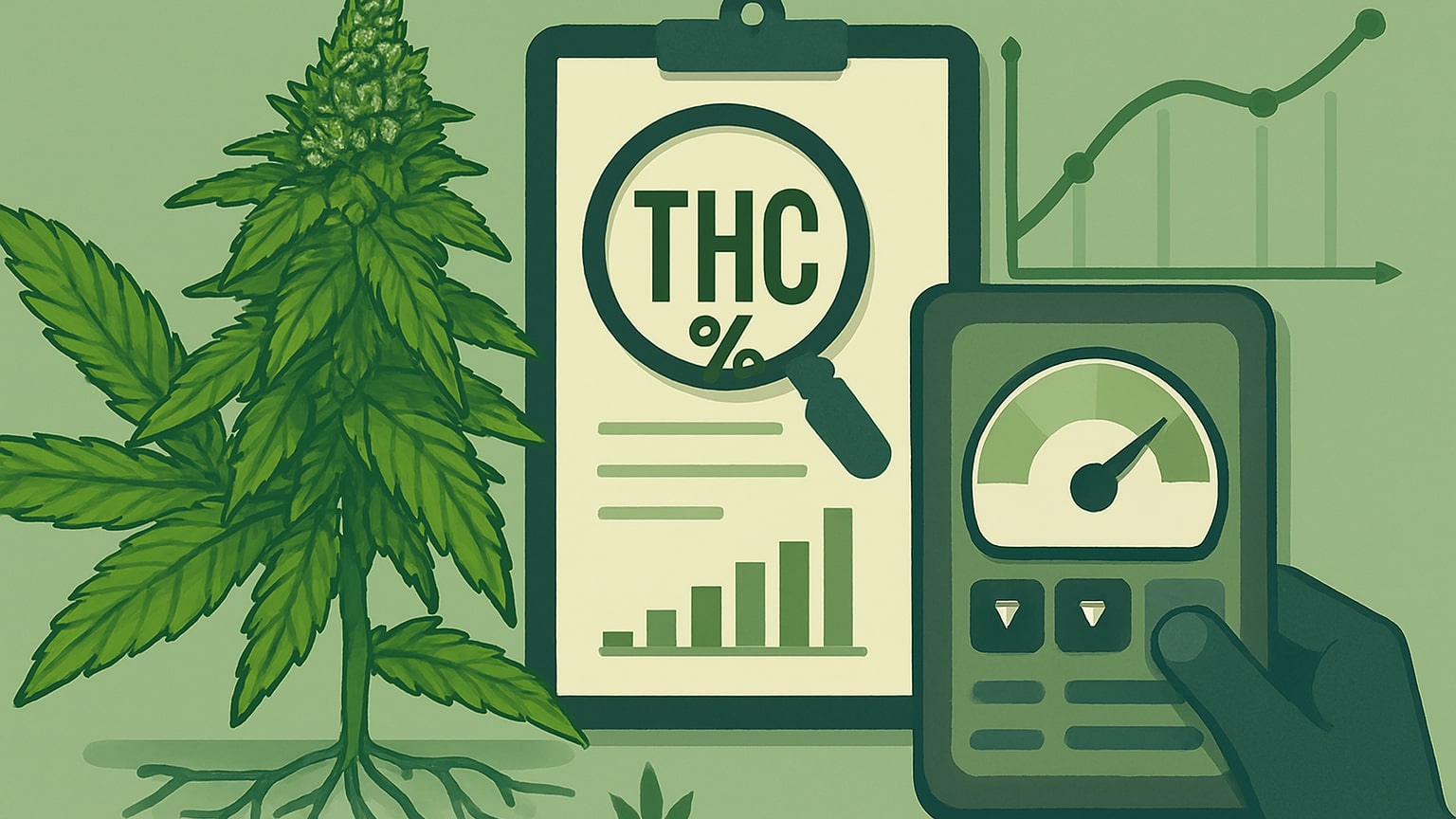
Attention! Errors Seeds does not encourage you to grow cannabis and does not assist in any way with this activity. Growing cannabis is prohibited by Ukrainian law. This article is for scientific and informational purposes only.
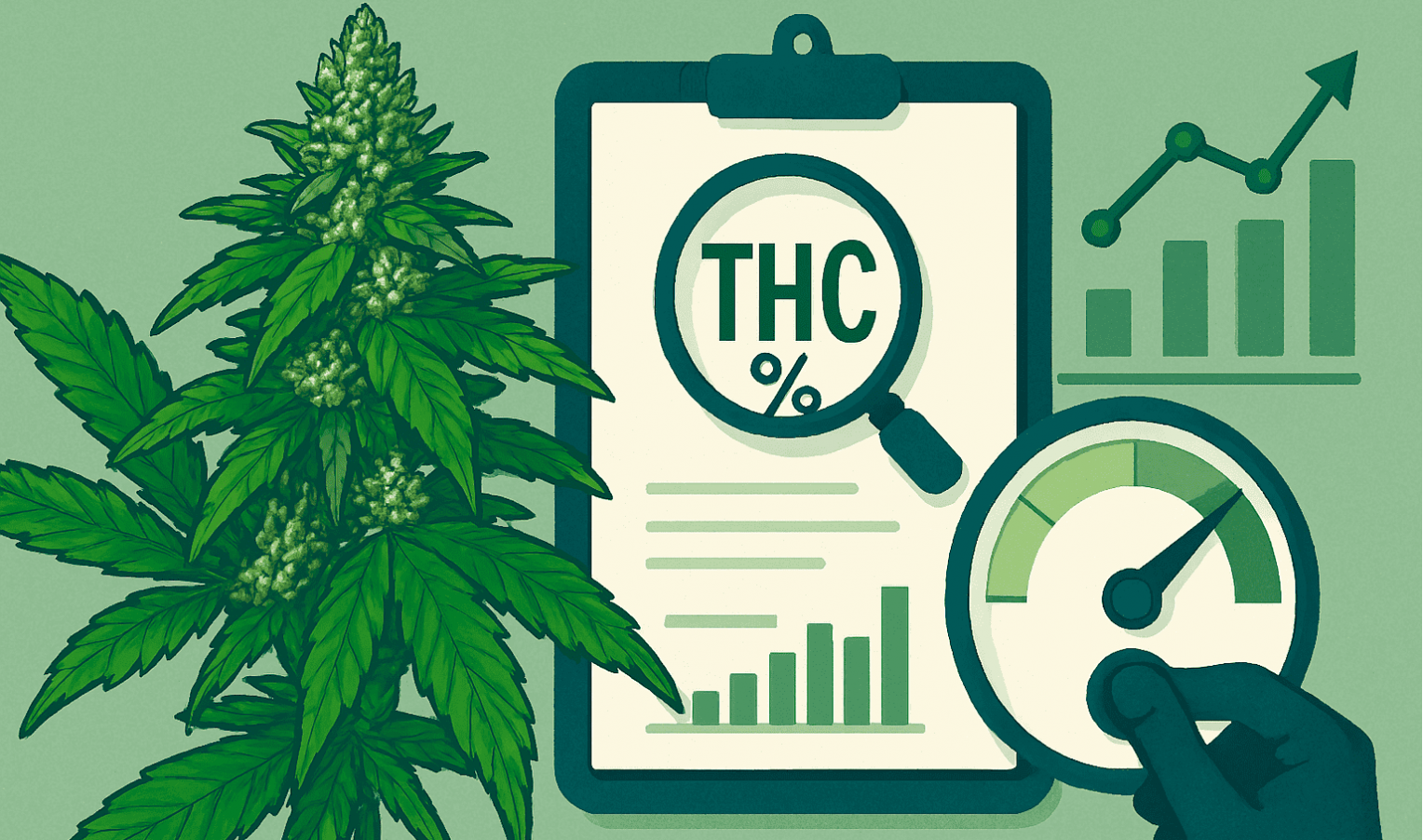
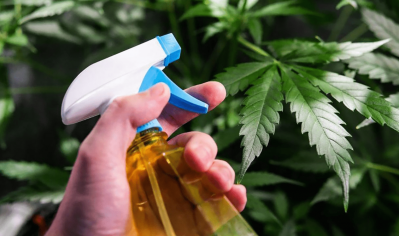
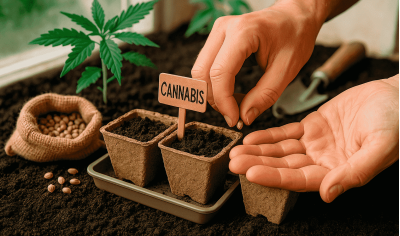
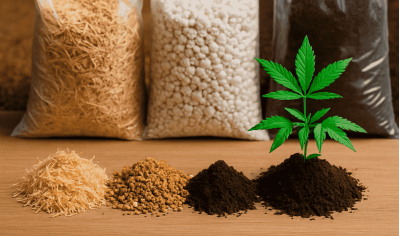
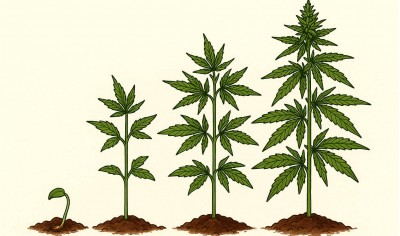
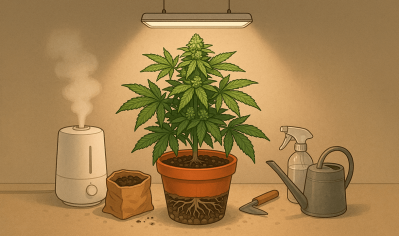
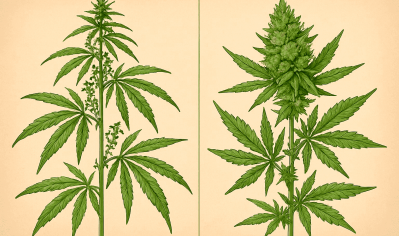
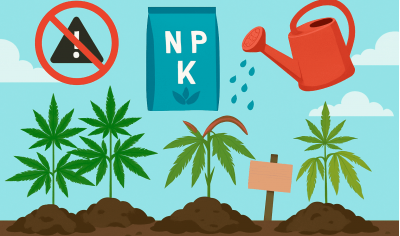
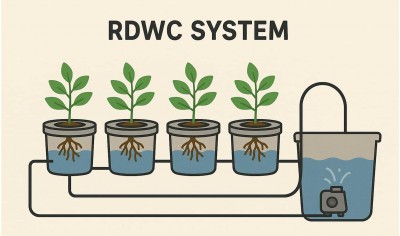
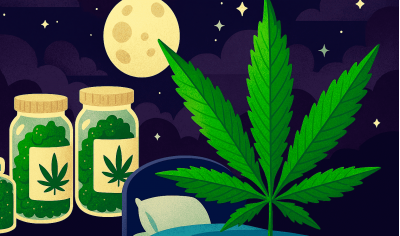
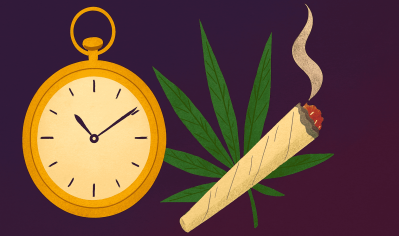


Write a comment